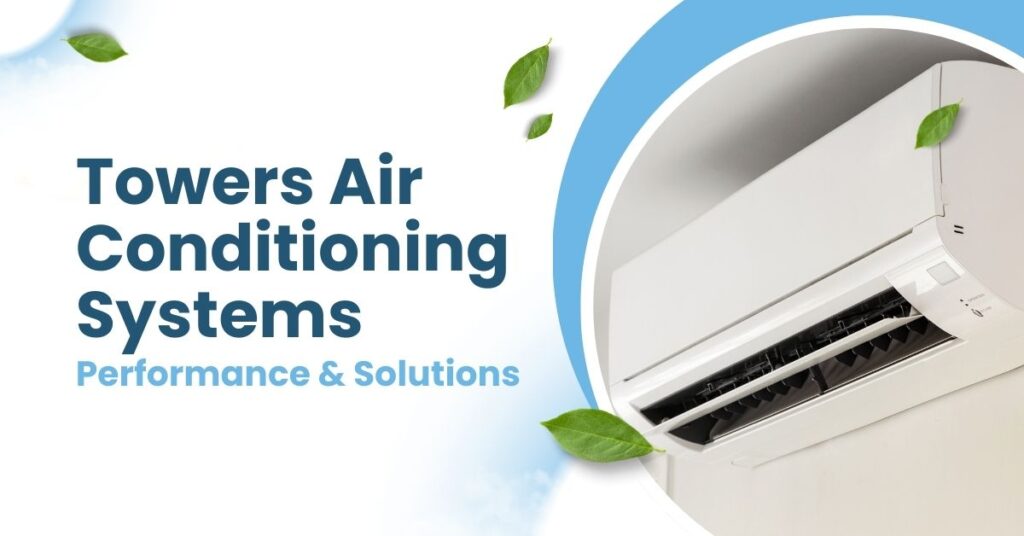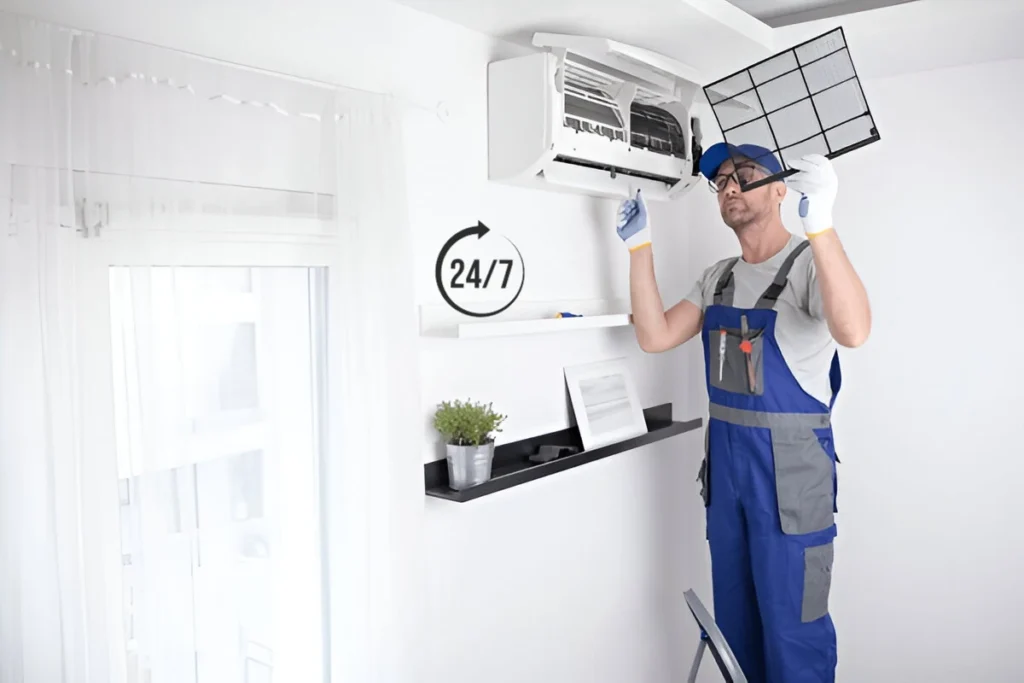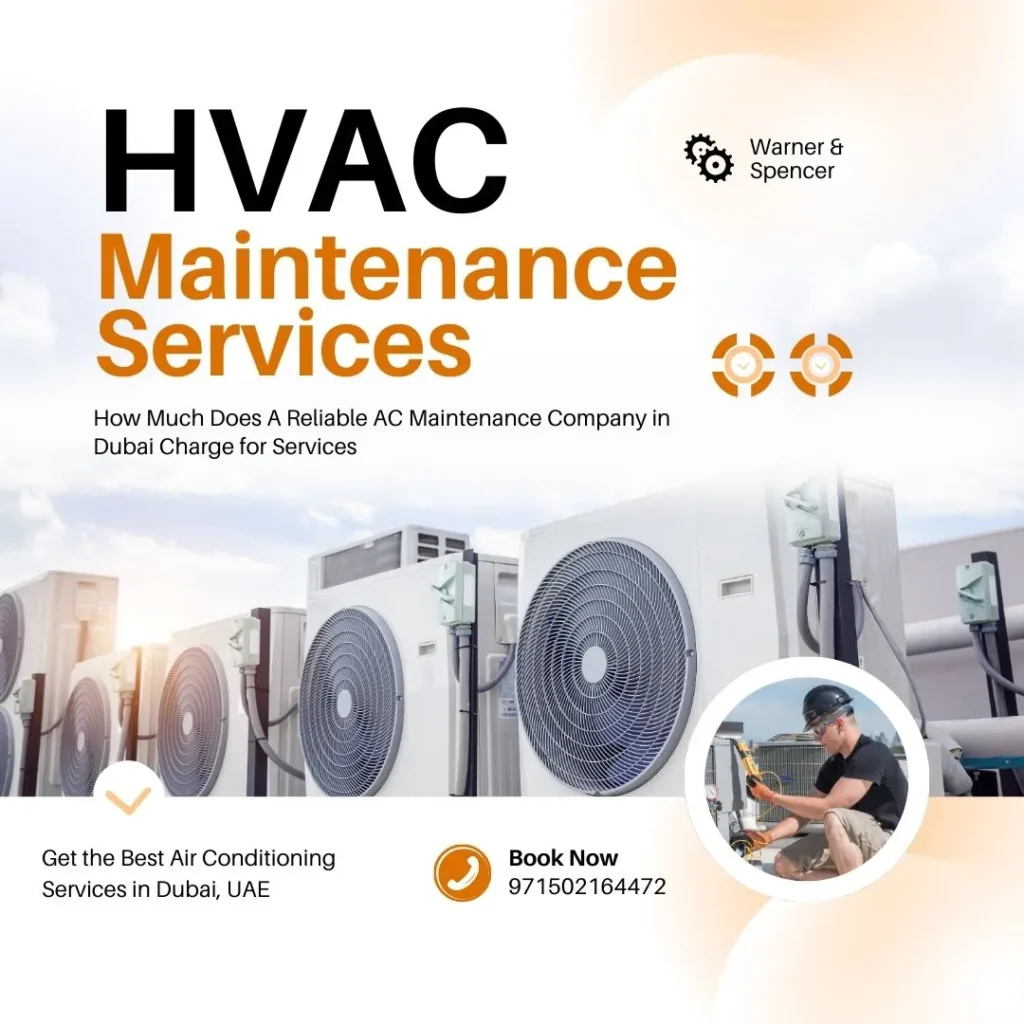What Are “Towers Air Conditioning Systems”?
Towers air conditioning systems use vertical cooling units that circulate cold air through multi-story buildings or large commercial spaces. These units stand vertically and push conditioned air through dedicated pathways, making them different from traditional wall-mounted or split systems.
These systems take warm air from the room, cool it down using refrigerant cycles, and then spread it evenly throughout the room. If a building has high ceilings or more than one floor, the vertical design lets air flow better. Many facilities choose tower units because they keep things cool without needing a lot of ductwork changes.
We install and service these systems in residential towers, office buildings, and industrial facilities at AC Maintenance UAE. Our team knows the differences between tower-style units and regular home cooling systems.
Key Parts of Air Conditioning System Used in Tower Units
Every tower unit relies on four essential components that work together:
- Compressor – Pressurizes refrigerant and moves it through the system
- Condenser coil – Releases heat from the refrigerant to outside air
- Evaporator coil – Absorbs heat from indoor air, creating the cooling effect
- Expansion valve – Regulates refrigerant flow between components
Property managers can figure out what needs to be fixed before it breaks down by knowing these parts of an air conditioning system. Checking these parts on a regular basis helps the equipment last longer and work better.
How Towers Air Conditioning Systems Improve Cooling Performance

Compared to traditional systems, tower units cool some types of buildings better. Their vertical shape makes it possible for air to flow naturally, just like warm air does in closed spaces. This alignment makes the system use less energy and costs less to run over time.
The way these units are set up makes it easy for technicians to get to parts when they need to do maintenance. This ease of access means that problems can be fixed more quickly and there is less downtime. During the hottest times of the year, building managers really like this practical benefit.
Airflow Distribution Advantage
Tower systems push cooled air horizontally across each floor level before it rises naturally. This pattern stops hot spots from forming near ceilings and cold spots from forming near floors. A consistent temperature throughout a large space makes it more comfortable for people to be there all day.
The vertical design also reduces the distance air travels from cooling source to occupied spaces. Shorter air paths mean less energy loss and better cooling delivery. This efficiency means that systems with long duct runs use less electricity.
Temperature Stability Across Large Areas
These systems keep the temperature steady across large floor plans better than a lot of small units. A single tower unit can cover several hundred square meters with only a small change in temperature. This consistency is important in offices where being comfortable with the temperature affects how well people work.
Tower units can usually hold between 5 and 20 tons of refrigeration, which is good for medium to large commercial uses. Because they are so big, they can handle the heat from equipment, lighting, and people without having to turn on and off all the time.
Towers AC vs Other Cooling Options
The layout of the building, the budget, and the cooling needs all play a role in picking the right air conditioning system. Tower units work well in some situations but not in all of them. Decision-makers can choose the right technology for their needs by comparing their options.
There are pros and cons to each cooling method when it comes to installation cost, efficiency, and maintenance needs. Instead of following general advice, building owners should think about these things based on their own situation.
Towers vs Ducted Air Conditioning System
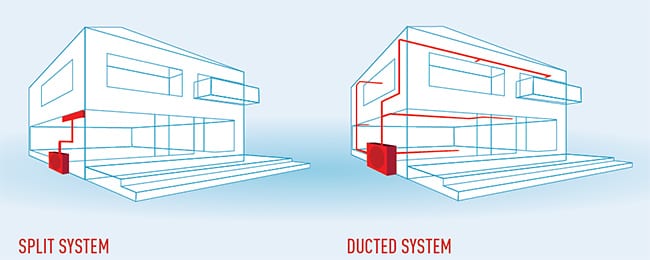
A ducted air conditioning system hides parts above ceilings and sends air through hidden pathways. This method makes finished spaces look cleaner, but it takes a lot of work to install. Ductwork takes more time and money to install than tower units do.
Tower systems can be put in mechanical rooms or other dedicated spaces, so they don’t need a lot of ductwork. This simplicity lowers the cost of installation and makes it easier to make changes in the future. But tower units take up space on the floor that ducted systems don’t need.
These two methods have very different ways to get to maintenance. Technicians can get to the parts of the tower unit without having to move ceiling tiles or finished spaces. Ducted systems need access to the ceiling, which could cause problems for business during service visits.
Towers vs Central Units (Central Air Conditioning System Price Insight)
The central air conditioning system price includes equipment, installation labor, ductwork, and electrical upgrades. Total costs typically range from AED 15,000 to AED 50,000+ depending on building size and complexity. Tower units often cost 20-30% less because they require simpler installation procedures.
Central systems work well for buildings designed with integrated ductwork from construction. In most cases, adding central cooling to existing buildings costs more than putting in tower units. The choice often comes down to whether ductwork already exists or needs creation from scratch.
Depending on the model and how it is used, these technologies have different levels of energy efficiency. When properly sized and cared for, modern versions of both methods can get similar efficiency ratings. The type of equipment doesn’t matter as much as the quality of the maintenance when it comes to operating costs.
Important Parts of Air Conditioning System That Affect Performance
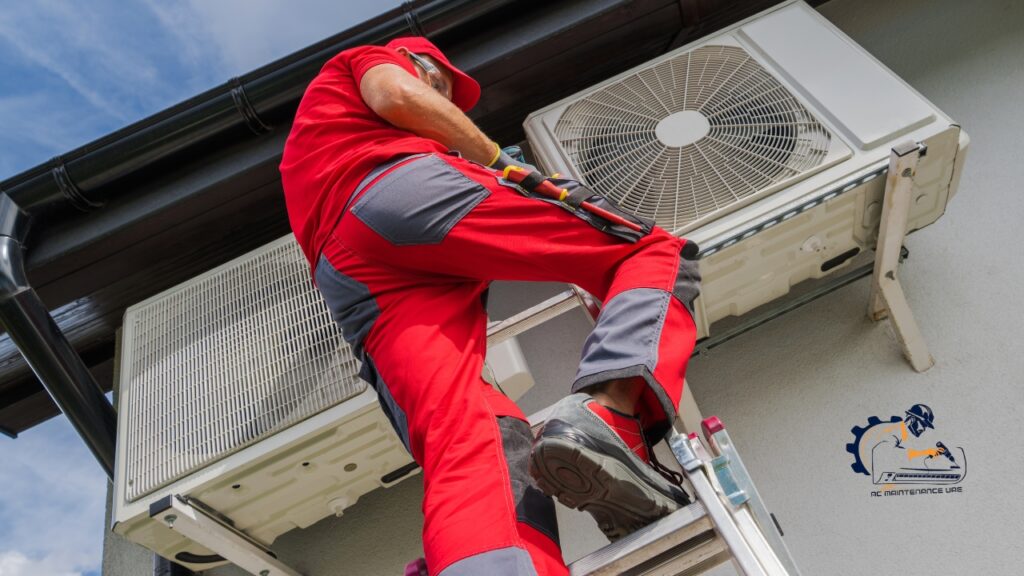
The condition of the components has a direct effect on the system’s cooling output, energy use, and reliability. Regular inspections find small problems before they turn into big ones. AC Maintenance UAE offers regular maintenance that keeps important parts working well.
Building managers can make smart decisions about maintenance when they know how each part affects the overall performance. If you don’t take care of any part, it will eventually affect how the system works and how comfortable the people who live there are.
Compressor Role
The compressor serves as the system’s heart, circulating refrigerant through all components. It converts low-pressure gas into high-pressure gas that releases heat in the condenser. If the compressor breaks down, the whole system will stop working until a new one is installed.
These components typically last 10-15 years with proper maintenance but fail prematurely under harsh operating conditions. Unusual noises, frequent cycling, or not being able to reach set temperatures are all signs that something is wrong. Early detection through regular inspections prevents expensive emergency replacements.
Evaporator Coil Function
As the refrigerant evaporates inside the tubes of the evaporator coil, it takes heat from the air inside the room. People feel cooler when air passes over the coil because of this heat transfer. Dirty coils make it harder for systems to move heat and make them work harder.
Cleaning the coils should be done once a year or twice a year, depending on the weather. Cleaning more often is necessary in dusty or industrial settings to keep things working well. Compared to dirty coils, clean coils work 10–25% better.
When to Choose Towers Air Conditioning Systems or a New Air Conditioning System
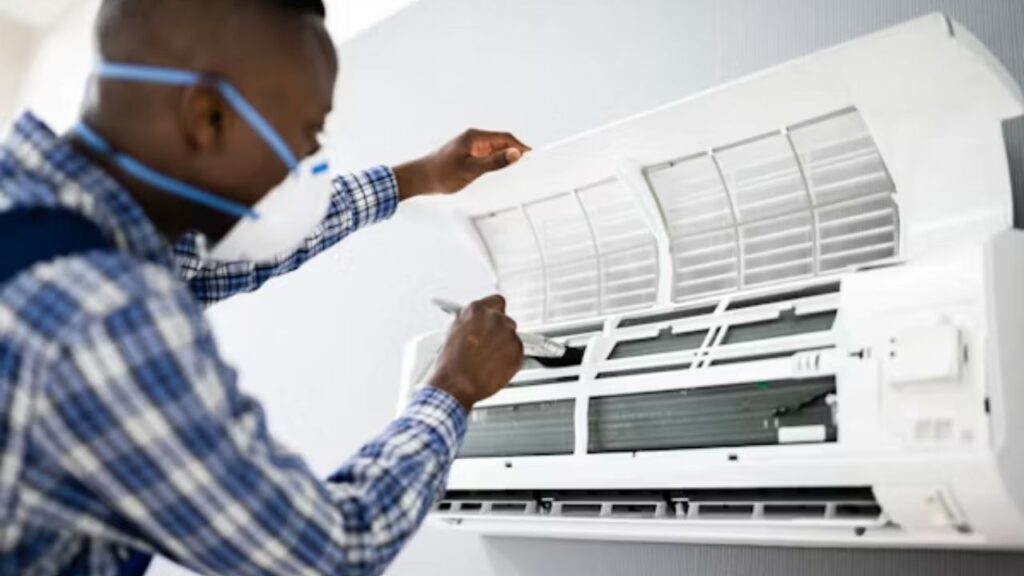
There are a number of things that affect whether tower units are right for a certain use. The decision is based on the building’s height, the space available, and the budget. Tower configurations work best for buildings with more than one floor and a central mechanical room.
Replacing aging equipment presents an opportunity to reconsider cooling strategies. Sometimes a new air conditioning system using different technology better serves current needs than replacing existing equipment with similar models.
Cost and Performance Factors to Consider
Initial purchase price represents only one component of total ownership costs. Several factors affect long-term expenses:
- Installation complexity – Simpler installations reduce upfront labor costs
- Energy consumption – Monthly operating expenses add up over equipment lifespan
- Maintenance requirements – Accessible components lower service costs
- Equipment lifespan – Well-maintained tower units typically last 15-20 years
The performance requirements change depending on how the building is used and how many people live there. Data centers need different kinds of air conditioning than homes and offices. Matching system capacity to actual needs stops oversizing, which wastes money and energy.
FAQs
Are Towers AC Systems Suitable for Homes?
Tower systems work well in multi-story homes with centralized mechanical spaces but are oversized for typical single-family residences. Most homes benefit more from split systems or smaller central units matched to residential cooling loads.
Which Parts of the Air Conditioning System Need Regular Maintenance?
Compressors, evaporator coils, condenser coils, and air filters require scheduled attention. Annual professional maintenance combined with monthly filter changes keeps systems running reliably throughout their lifespan.
Is the Central Air Conditioning System Price Higher Than Tower Units?
Central systems typically cost 20-40% more than tower units when factoring installation labor and ductwork requirements. However, total costs vary based on building-specific factors that affect installation complexity.
How Often Should Tower AC Units Receive Professional Service?
Schedule professional maintenance twice yearly before the cooling season begins and midway through peak usage periods. This frequency catches developing issues and maintains efficiency throughout demanding summer months.
Can Existing Buildings Retrofit Tower Cooling Systems?
Most buildings with adequate mechanical room space can accommodate tower units without major structural modifications. The lack of extensive ductwork requirements makes retrofitting simpler than installing traditional central systems.
What Size Tower Unit Does My Building Need?
Proper sizing requires calculating heat loads from occupancy, equipment, lighting, and building envelope characteristics. Professional load calculations prevent undersizing that fails to cool adequately or oversizing that wastes energy and money.
Ready for Reliable Cooling Performance?
Towers air conditioning systems use efficient vertical designs to keep multi-story buildings and large commercial spaces cool all the time. They are useful for certain situations because they are easy to install, easy to maintain, and good at moving air around. Building managers can keep costs down while keeping people comfortable by knowing how each part works and what maintenance it needs.
Now that you know how tower cooling systems keep the temperature stable, are you ready to see if this technology is right for your building? AC Maintenance UAE offers professional advice, installation, and ongoing maintenance services that keep your cooling equipment running at its best all year long. Our skilled technicians will look at your space and suggest solutions that fit your cooling needs and budget.
AC Maintenance UAE Team
Welcome to AC Maintenance UAE, your reliable partner for complete air conditioning repair and maintenance services in Dubai, Sharjah, and Abu Dhabi. We are strongly dedicated to excellence and deliver efficient and reliable services to keep your cooling systems performing at their best.

